NO-RESIDUE™ laundry bags meet required standards of strength and barrier whilst negating the contamination risk when handling dirty linen


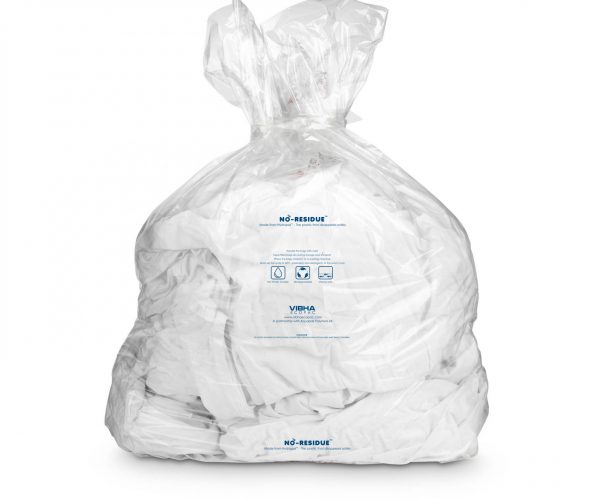
NO-RESIDUE™ laundry bags meet required standards of strength and barrier whilst negating the contamination risk when handling dirty linen
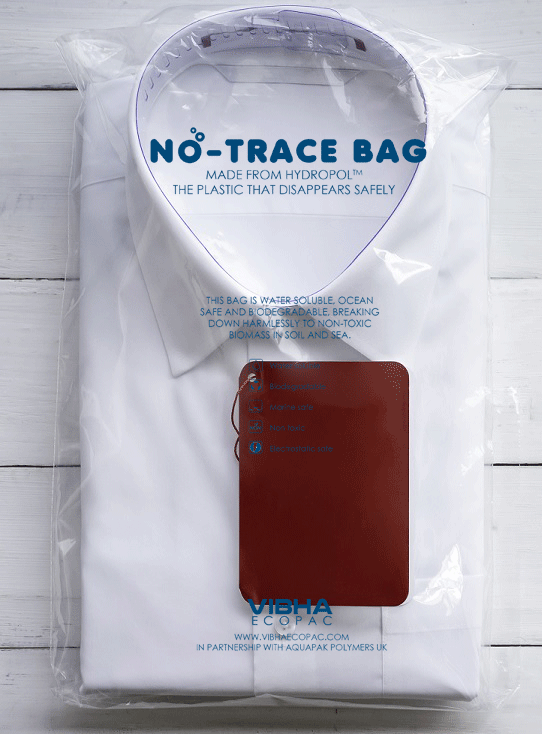
Garment bags made from Hydropol™ are biodegradable, anti-static, non-toxic, marine safe and all raw materials are listed as approved as direct food additives and food contact by EU and US regulatory listings.
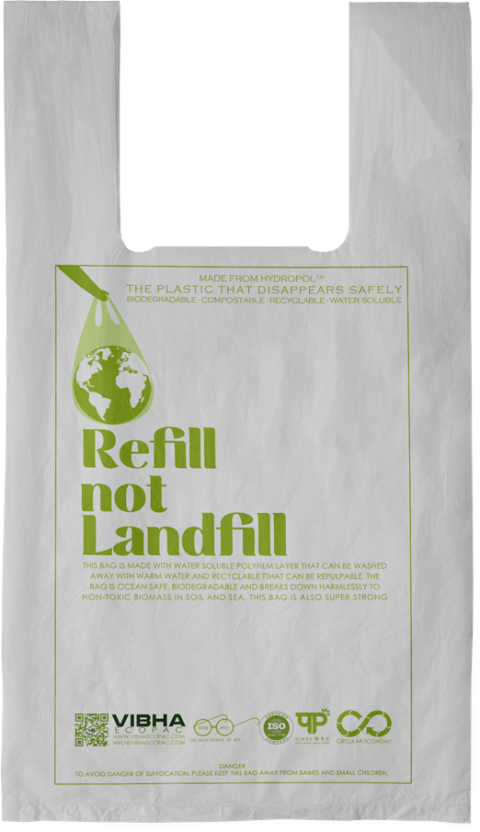
When Hydropol is extrusion coated onto paper or board the resulting material can be recycled in existing paper/board recycling streams and enables 100% of the valuable paper fibre to be recovered – meaning unrecyclable packaging can be fully recycled.
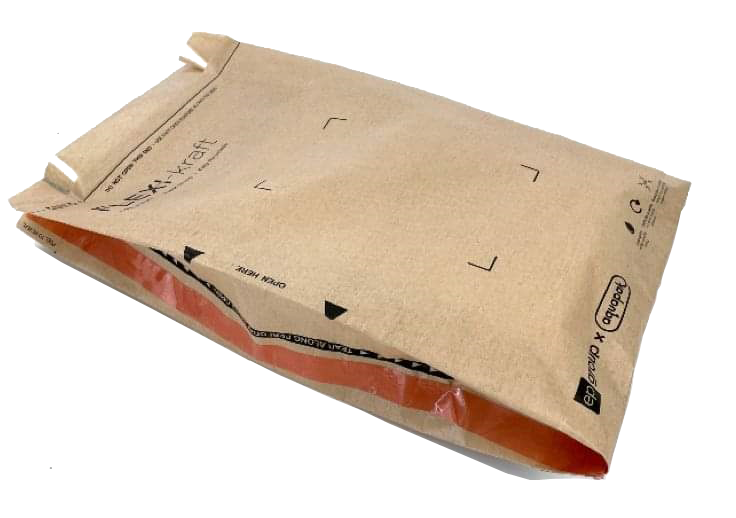
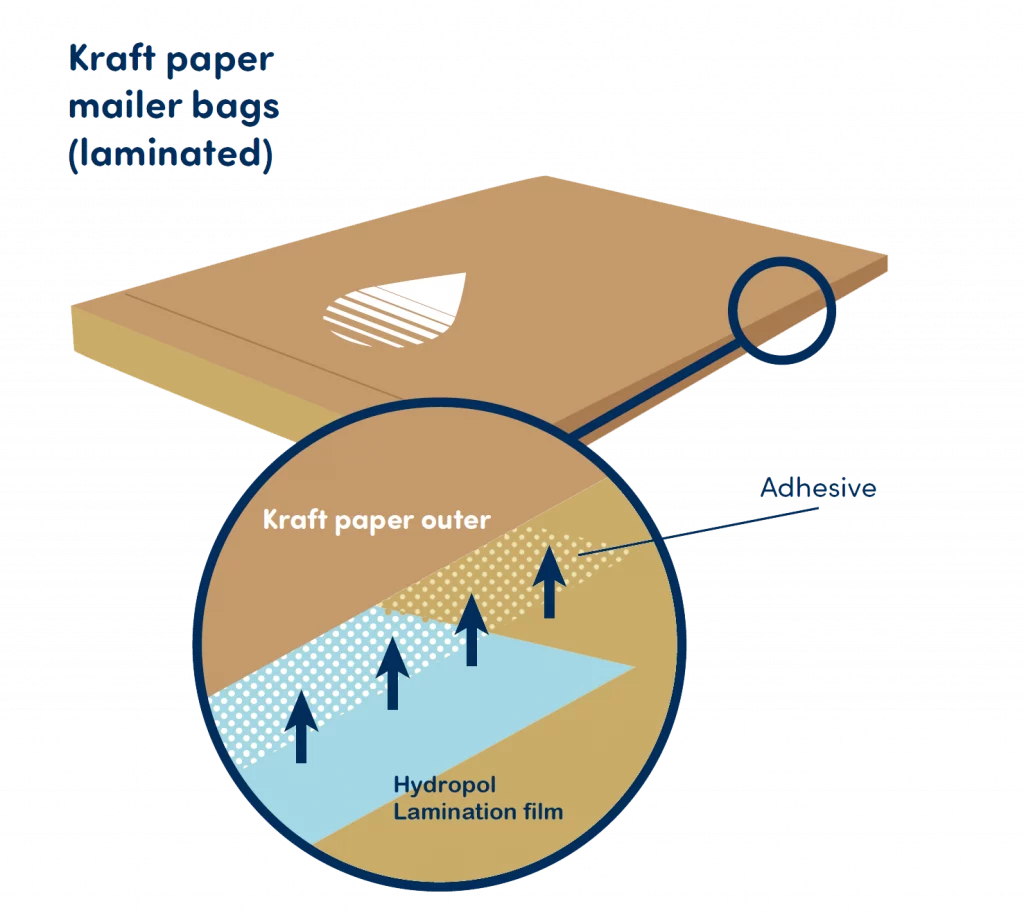
Hydropol™ 33104P + ABX Blown film + Solvent free lamination to paper
Mailing bags
Paper Recycling
Paper recycling enables fibre recovery from the paper component, Hydropol™ dissolves and biodegrades in wastewater treatment plant. Hydropol™ can be used as fuel in an AD process where available. If littered product will biodegrade.
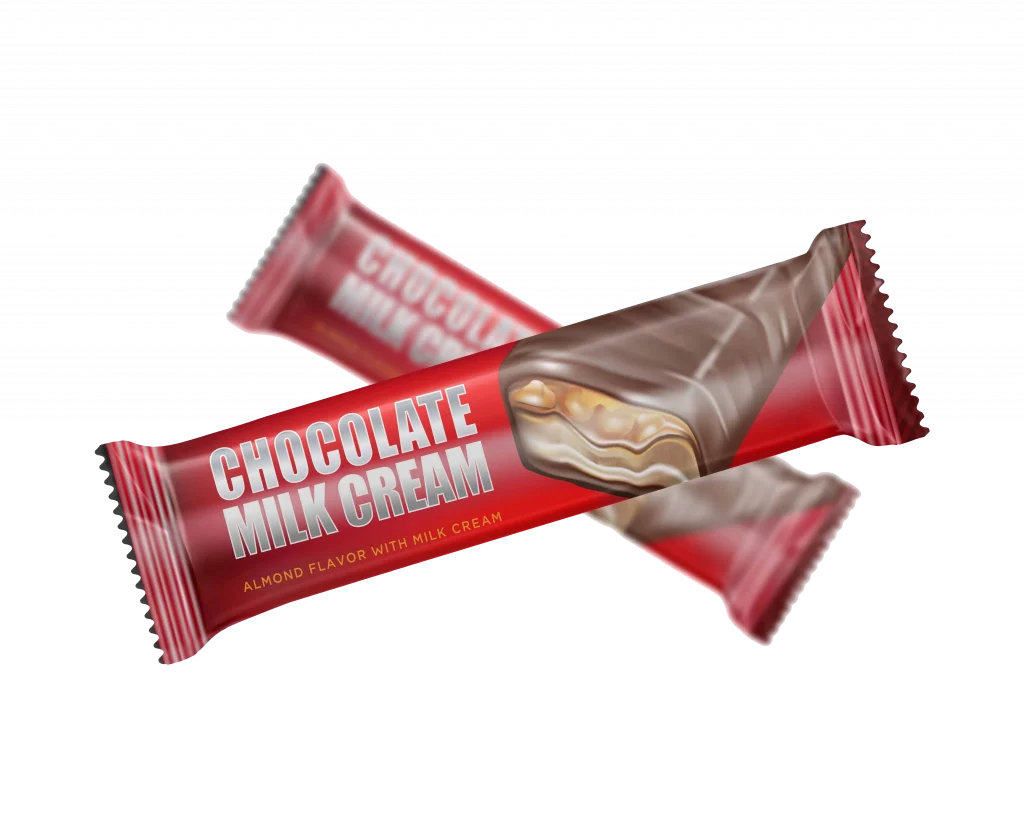
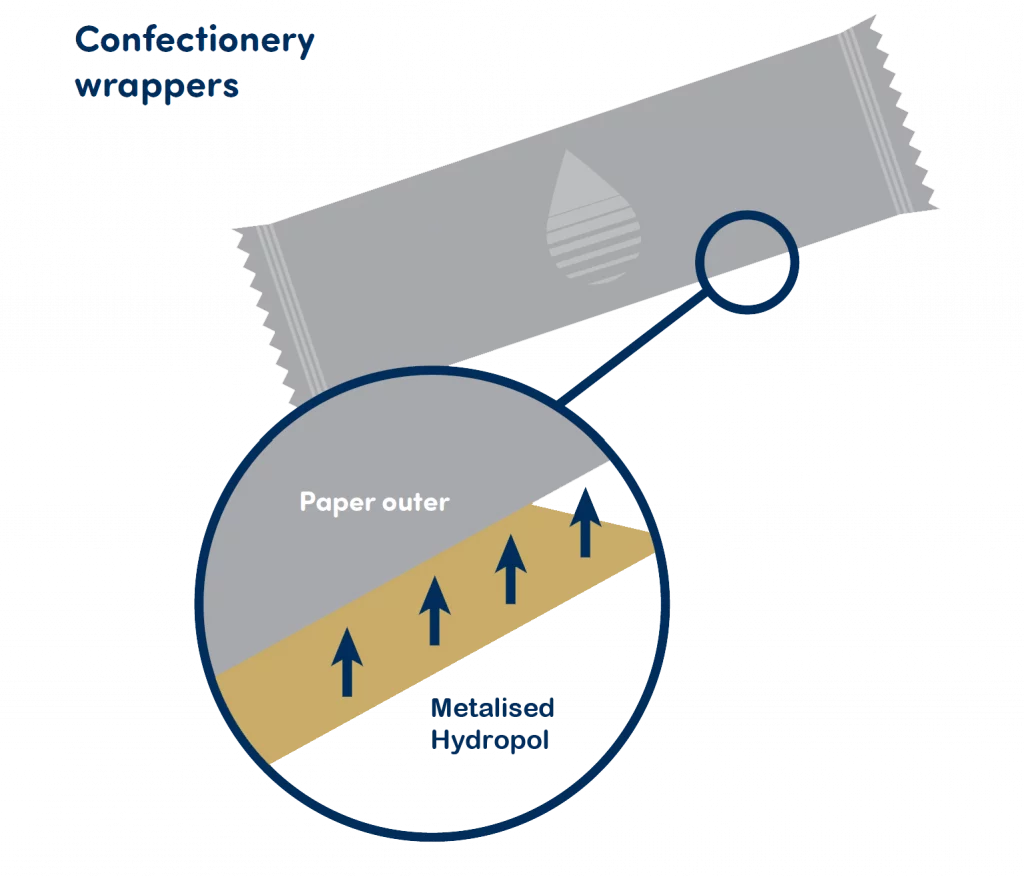
Hydropol™ 33212P extrusion coating onto Kraft paper
Mailing bags, confectionery, Pet food
Paper Recycling
Paper recycling enables fibre recovery from the paper component, Hydropol™ dissolves and biodegrades in wastewater treatment plant. Hydropol™ can be used as fuel in an AD process where available. If littered product will biodegrade.
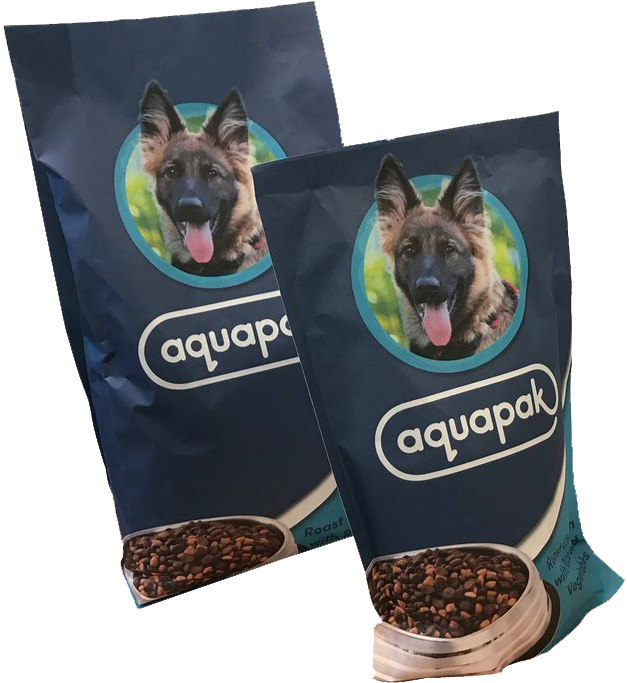
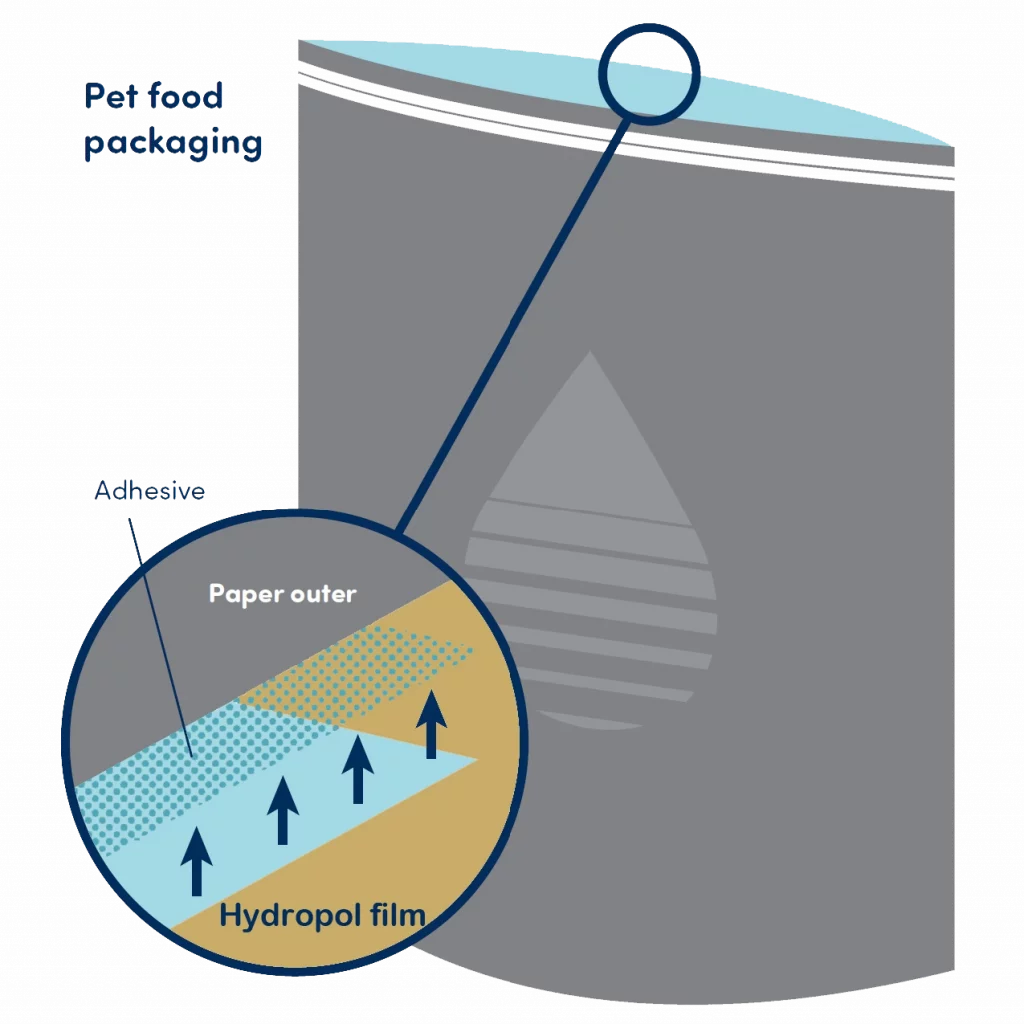
Hydropol Blown film 3 layer coex construction using Hydropol™ 33104P then solvent free lamination to paper
Dry pet food sacks
Paper Recycling
Paper recycling enables fibre recovery from the paper component, Hydropol dissolves and biodegrades in wastewater treatment plant. Hydropol™ can be used as fuel in an AD process where available. LDPE will be captured and sent to incineration for energy or diverts to landfill.
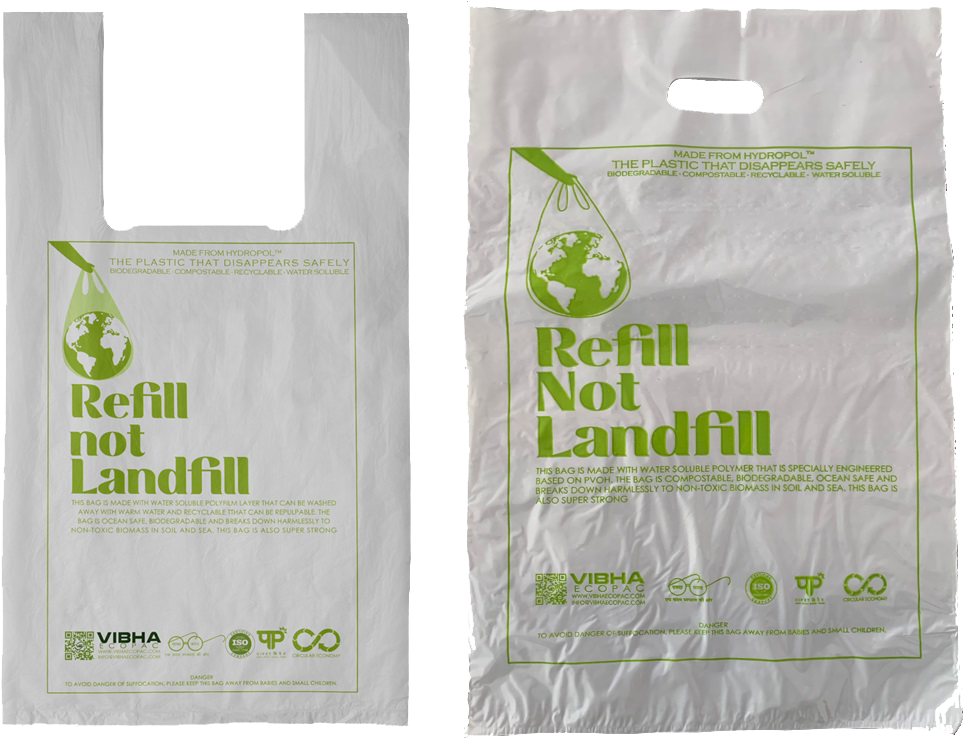
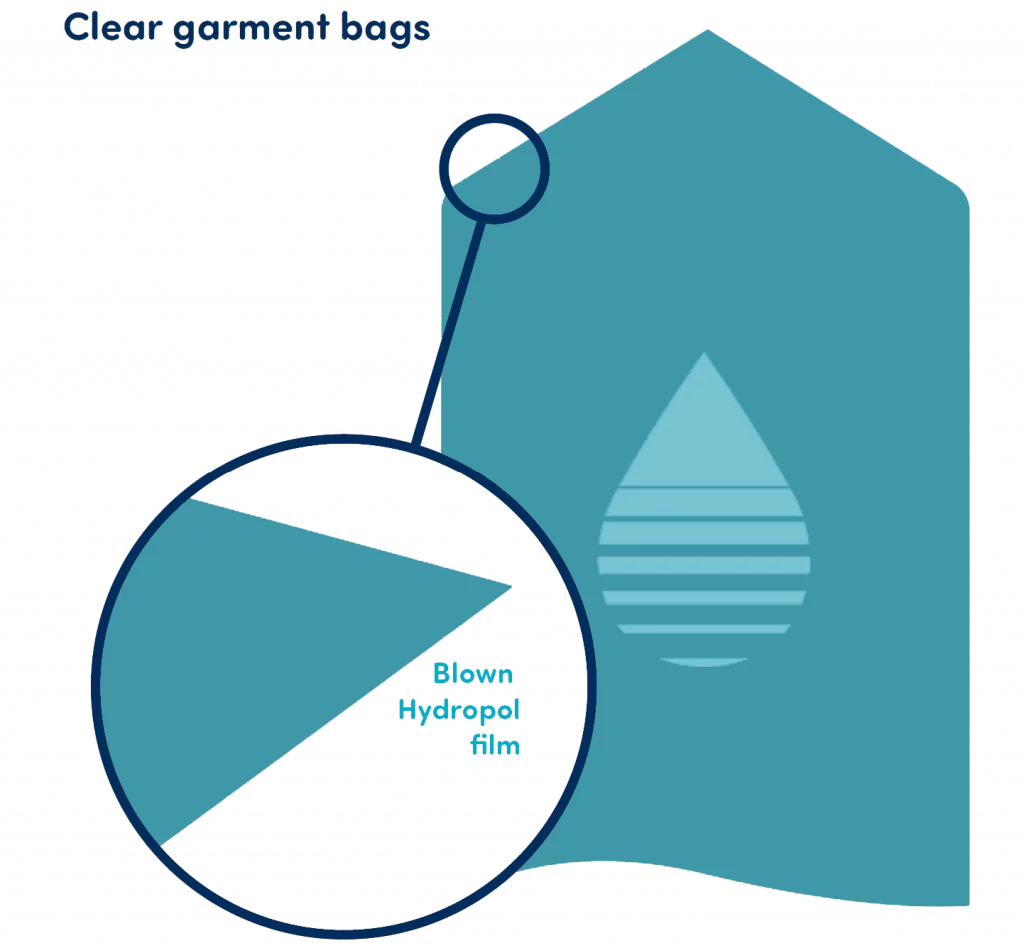
Hydropol™ 30164P Mono blown film
✓ Garment bags
✓ Garbage bags
✓ Mailing bags
✓ Retail bags
✓ ESD bags
✓ Laundry bags
✓ Food waste bags (AD)
✓ Gloves
✓ Aprons
Dissolve in hot water
Hydropol™ dissolves and biodegrades in wastewater treatment plant. Hydropol™ can be used as fuel in an AD process where available.
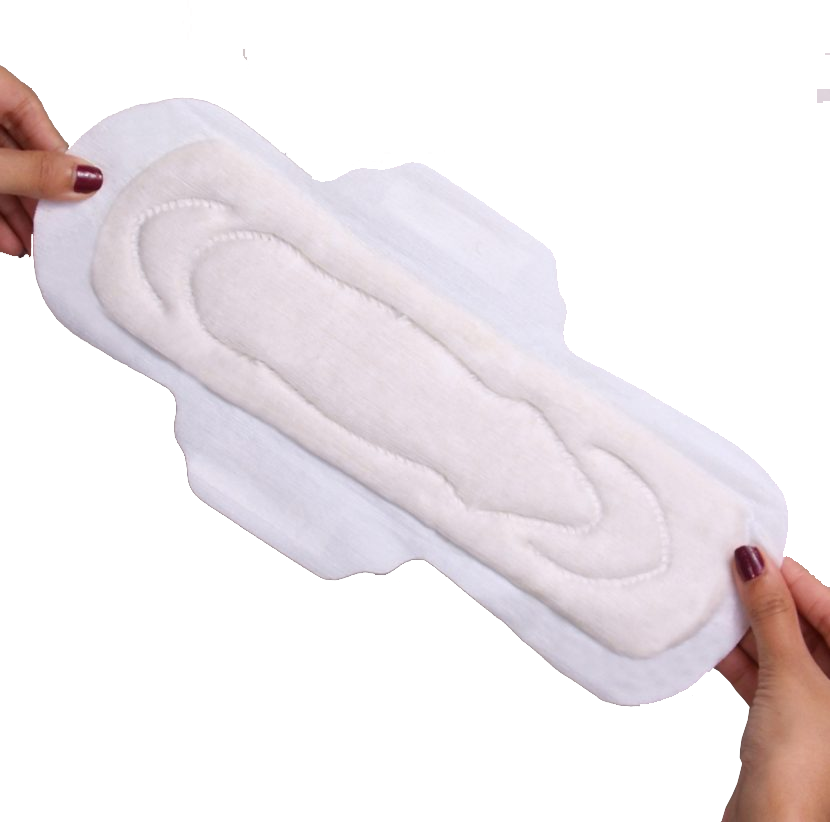
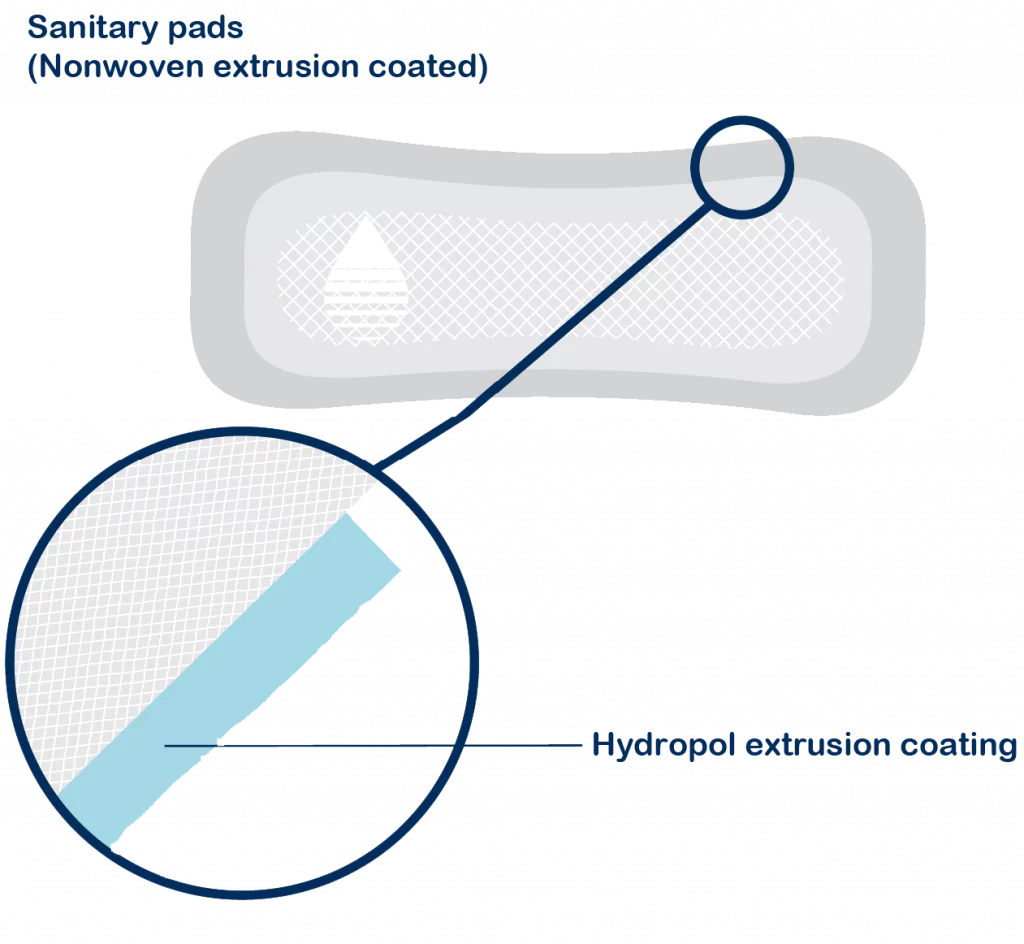
Non-woven extrusion coated with 33212P Hydropol™ for barrier layer
Sanitary Products
Flushable
Water dispersible nonwoven product allows for product to be flushed down standard toilets. Hydropol™ also disperses and breaks down in the water meaning that build ups and blockages in sewer systems can be avoided. Hydropol™ will biodegrade in wastewater treatment facilities.
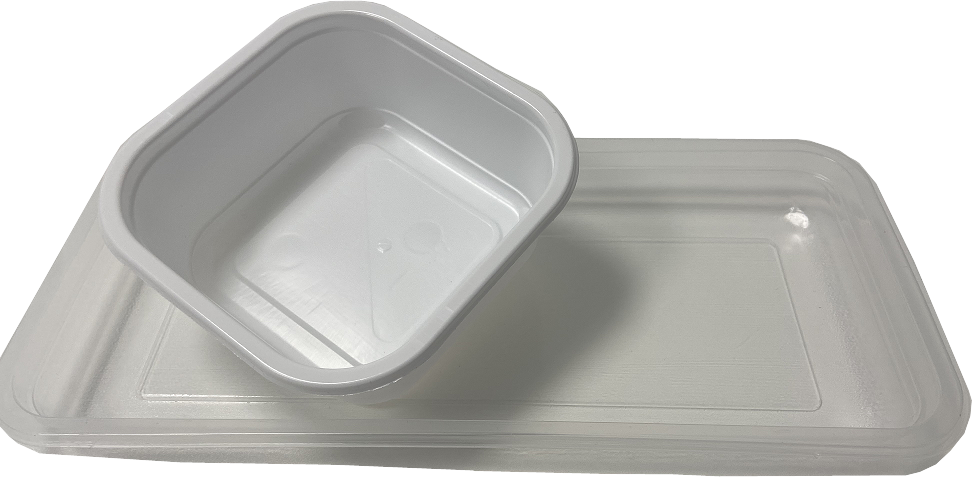
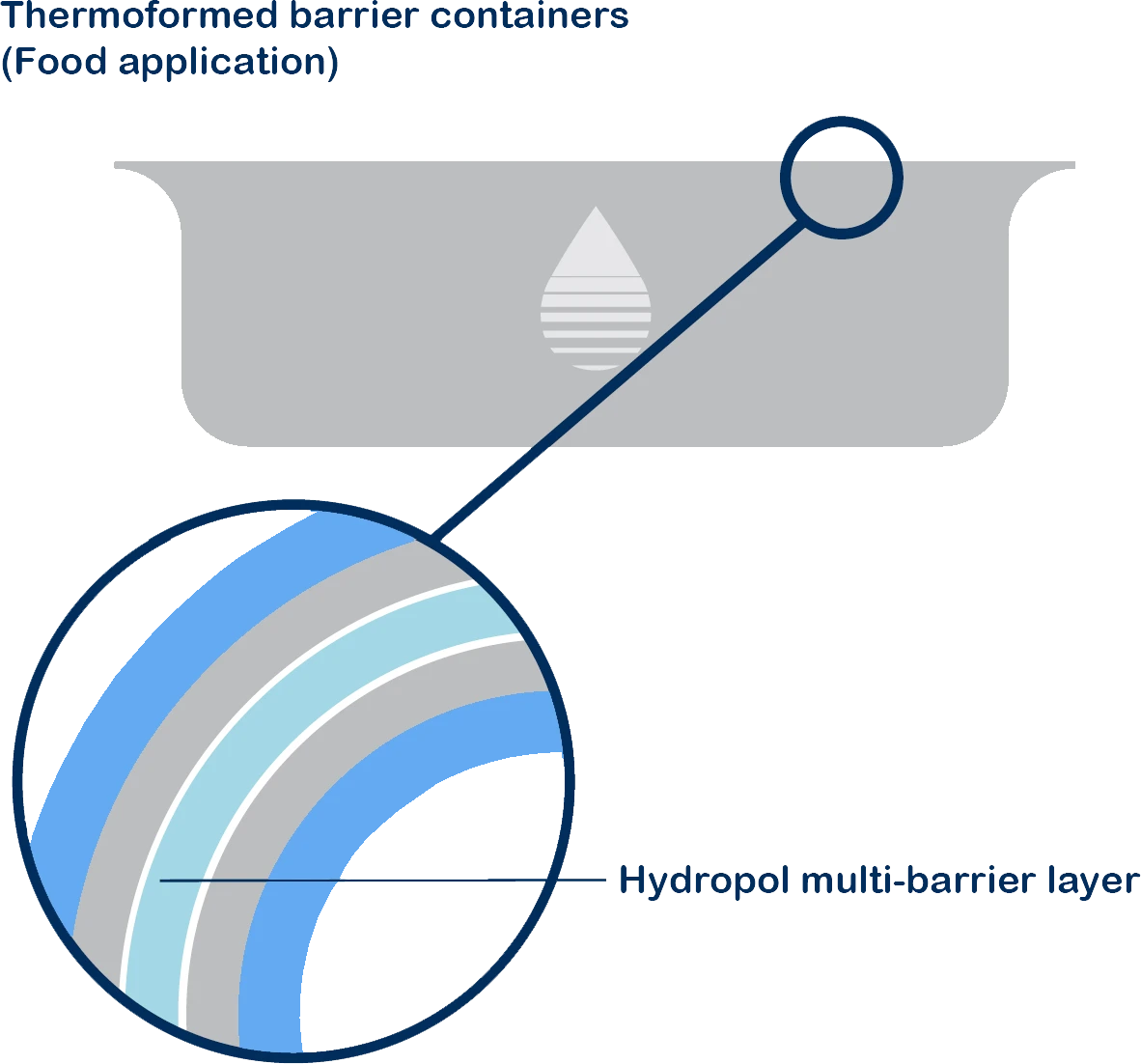
Hydropol™ multi-barrier layer part of thermoformed packaging
Thermoformed barrier trays and cups
Plastics recycling
Hydropol doesn’t interfere with PP/PET recycling processes. Adding Hydropol as a barrier layer makes it easier to remove than conventional materials
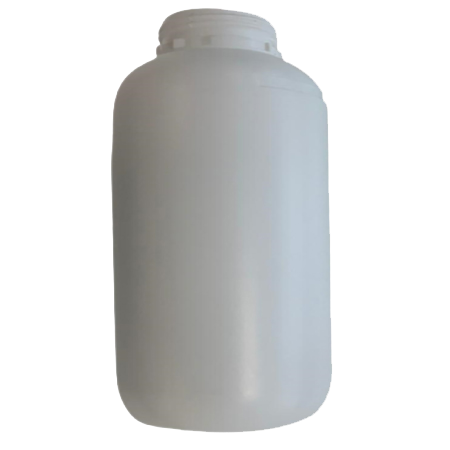
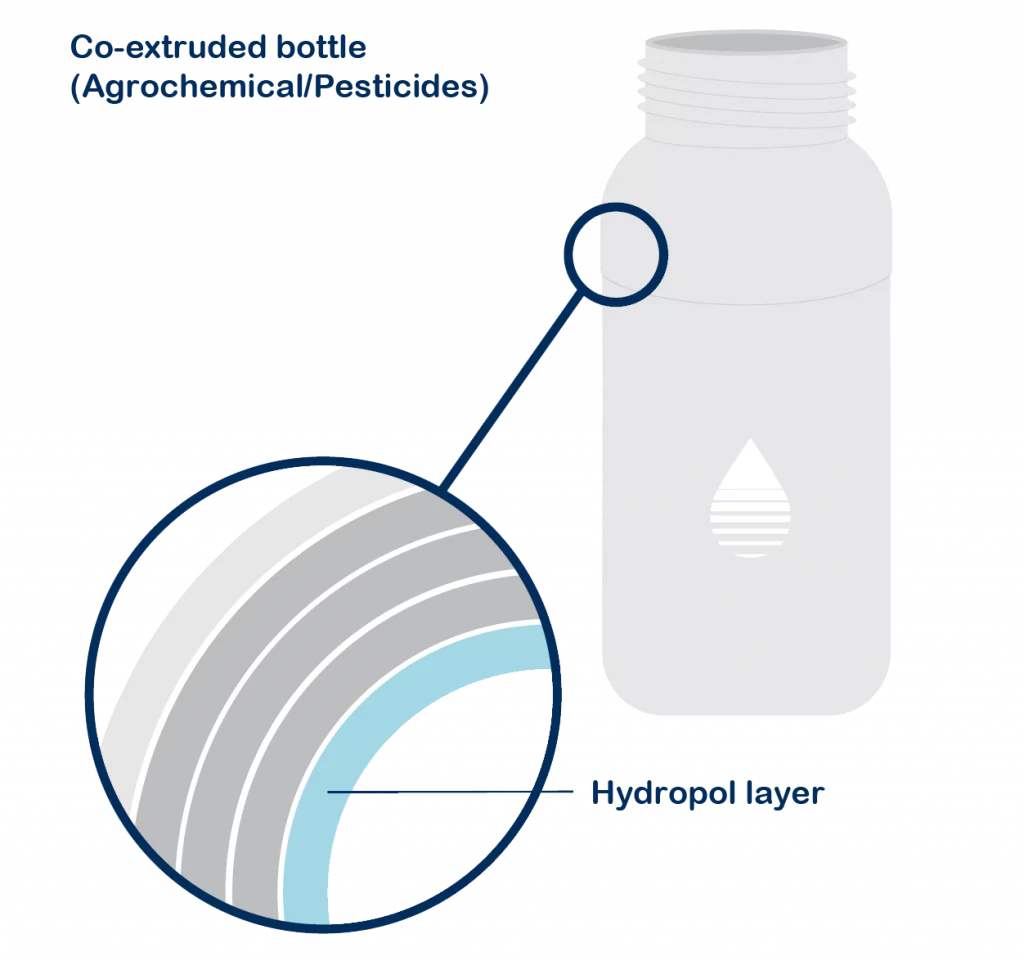
Hydropol™ multi-barrier layer part of thermoforme d packaging
Thermoformed barrier trays and cups
Plastics recycling
Hydropol doesn’t interfere with PP/PET recycling processes. Adding Hydropol as a barrier layer makes it easier to remove than conventional materials
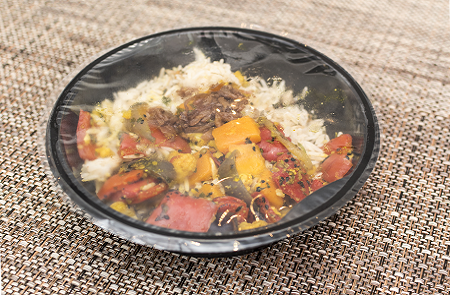
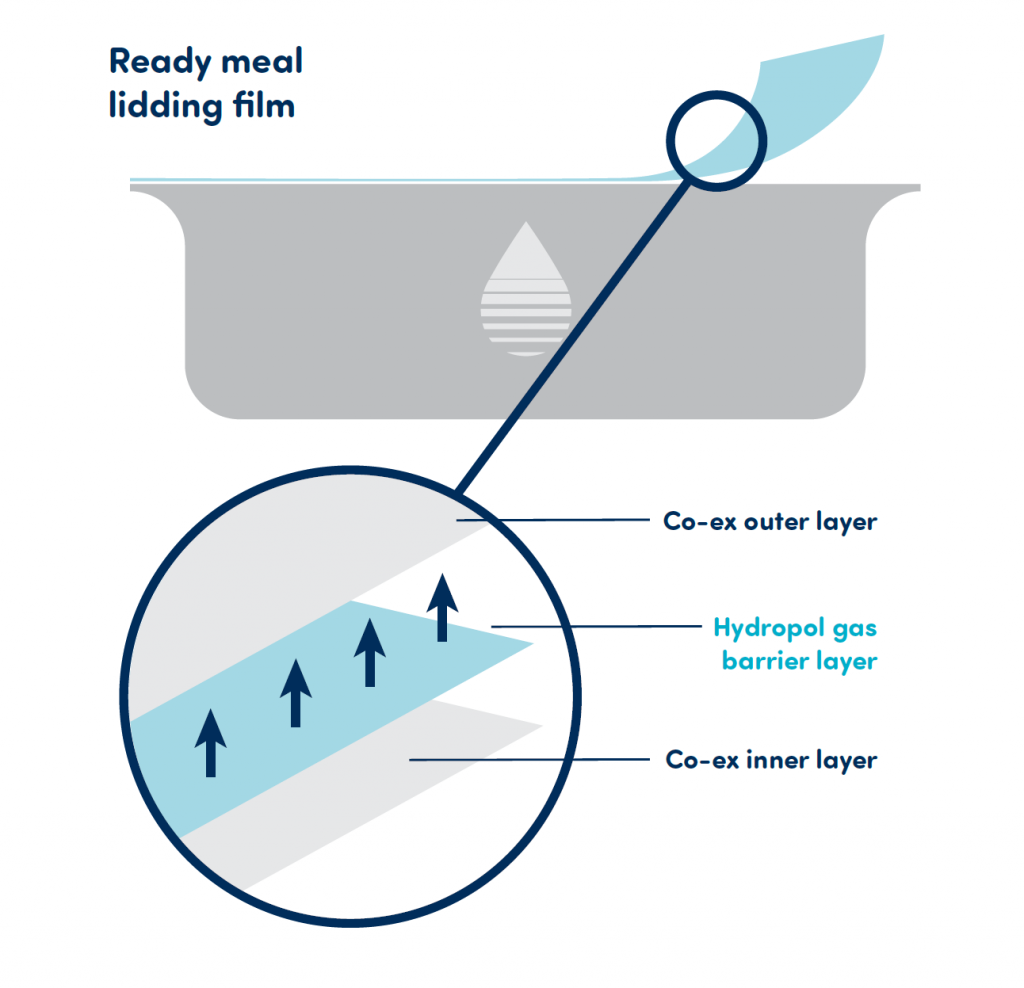
Hydropol™ gas barrier layer as part of co-ex barrier construction
Transparent barrier lid film, bags, pouches, flow packs
Flexible film recycling
Hydropol doesn’t interfere with PP/PET recycling processes. Adding Hydropol as a barrier layer makes it easier to remove than conventional materials
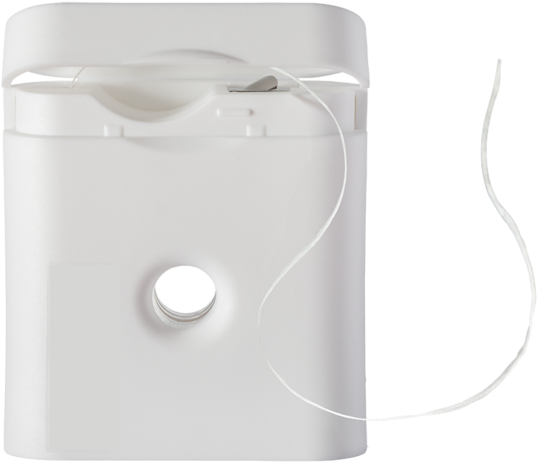
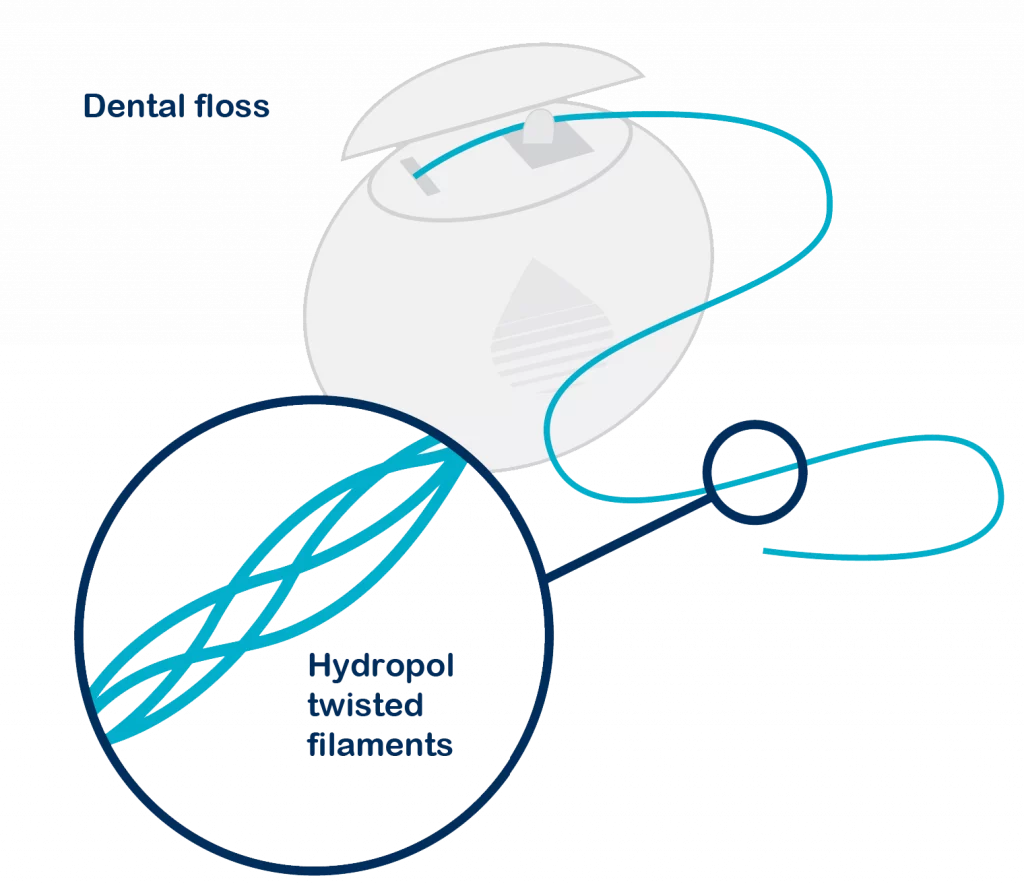
Hydropol™ 33201P multifilament extrusion + filament twisting and wax coating
Dental floss
Dissolve in hot water
Hydropol™ filaments maintain mechanical properties during flossing but then dissolves when rinsed down sink and biodegrade in wastewater treatment plant. If littered product will biodegrade.
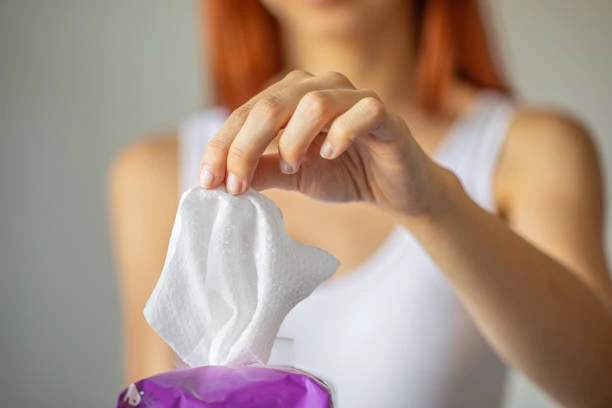
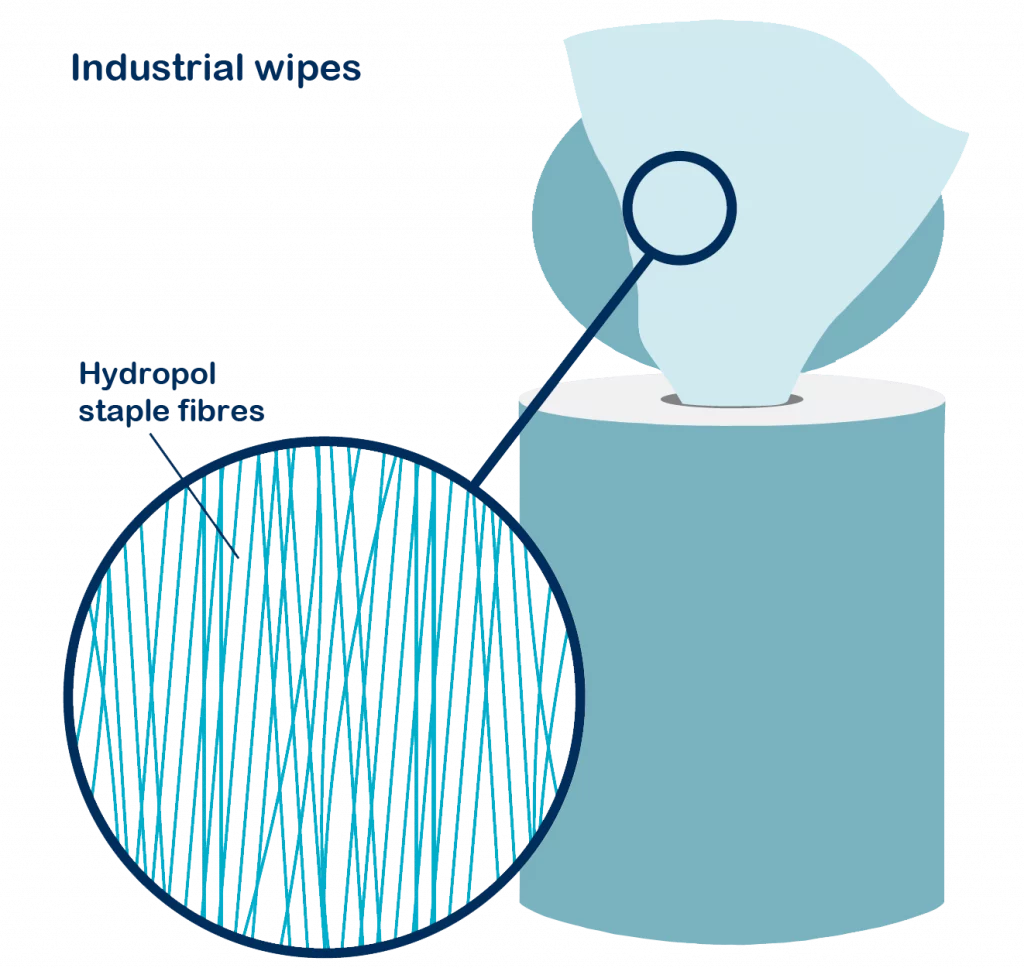
Hydropol™ 33201P multifilament extrusion + airlaid / wetlaid and hydroentangl ement
Wipes, hygiene / personal care, medical Single use nonwovens Fiber blends with cellulosic materials and biomaterials. Replacement polyester and polyolefin fibres
Wastewater – Flushable Biodegradation – Composting – Landfill
Hydropol™ fibers break down in simulated drain line and sewer conditions and biodegrade in wastewater treatment plant. In mixed recycling, Hydropol™ fibers can be washed away using hot water to prevent contamination allowing other materials to be recovered or diverted accordingly.
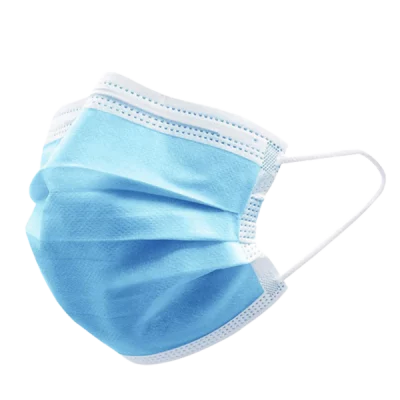
Hydropol™ 33205P or 33201P Spunbond or meltblown + Thermal bonding, lamination
Single use nonwovens wipes, hygiene/ personal care, cosmetic, medical, filtration, packaging
Wastewater Biodegradation – composting, anaerobic and aerobic conditions
In mixed recycling, Hydropol™ fibers can be washed away using hot water to prevent contamination allowing other materials to be recovered or diverted accordingly. Hydropol™ will completely disintegrate and biodegrade in both aerobic and anaerobic conditions, and in wastewater treatment facilities.
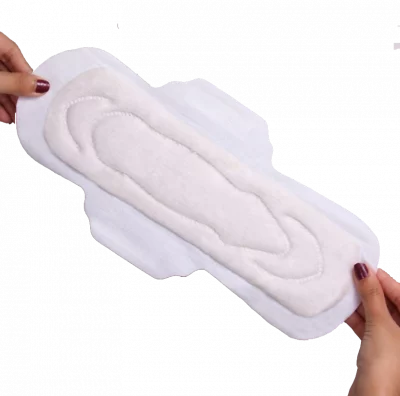
Nonwoven pad made from short cut fibers made from Hydropol™
Sanitary Products
Flushable
Water dispersible nonwoven product allows for product to be flushed down standard toilets. Hydropol™ also disperses and breaks down in the water meaning that build ups and blockages in sewer systems can be avoided. Hydropol™ will biodegrade in wastewater treatment facilities.
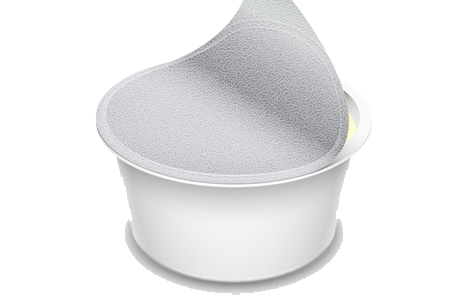
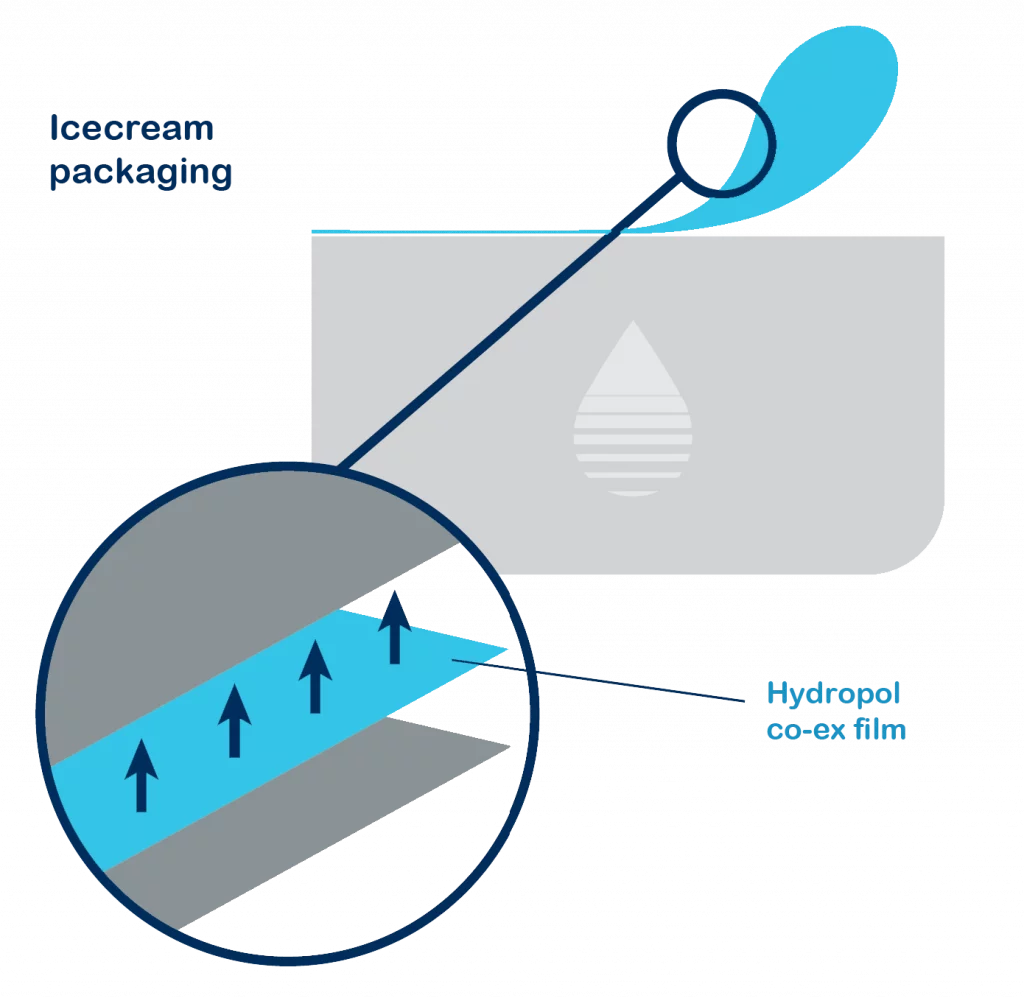
Combinations with other biopolymers e.g. co-ex Hydropol™ + Biohybrid layer(s)
Lidding film
Biodegradation – composting, anaerobic and aerobic conditions
When Hydropol is combined with compostable biopolymers the film retains its compostability whilst adding barrier properties.
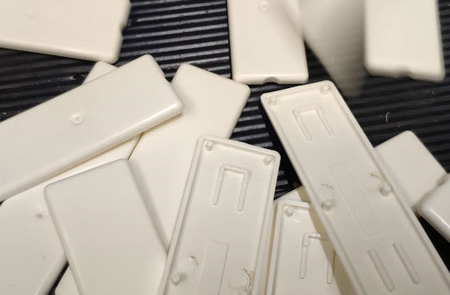
Hydropol™ 30164P injection molded
COVID test kits Detergent bottles Golf tees Cosmetic wands
Plastics recycling
When made from 100% Hydropol, items can be recycled. When combined with other materials, disposal depends on its construction.
WhatsApp us